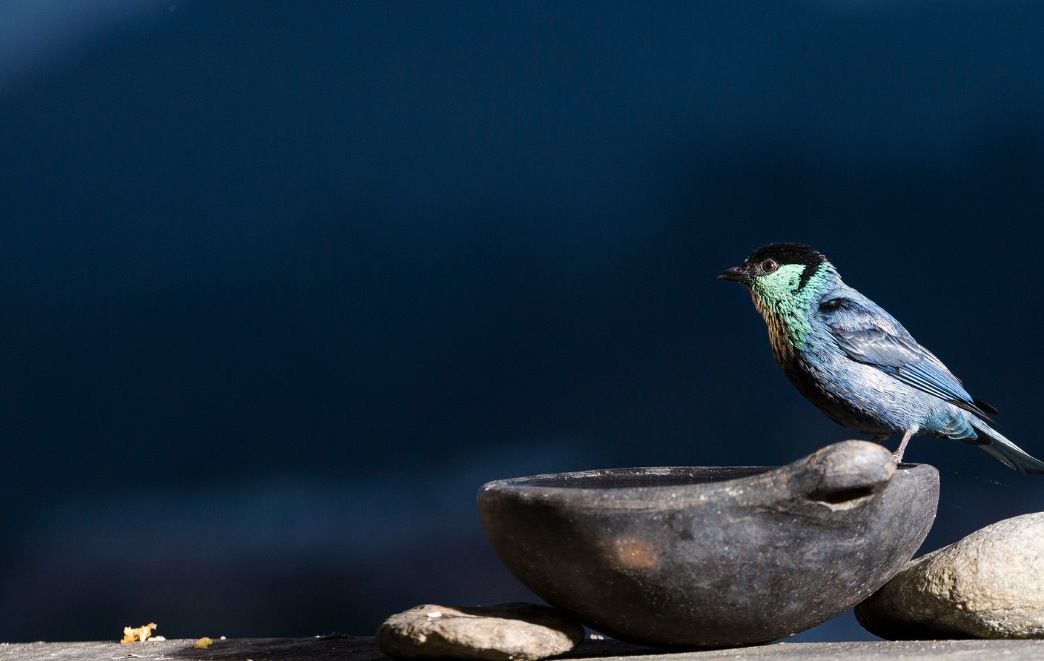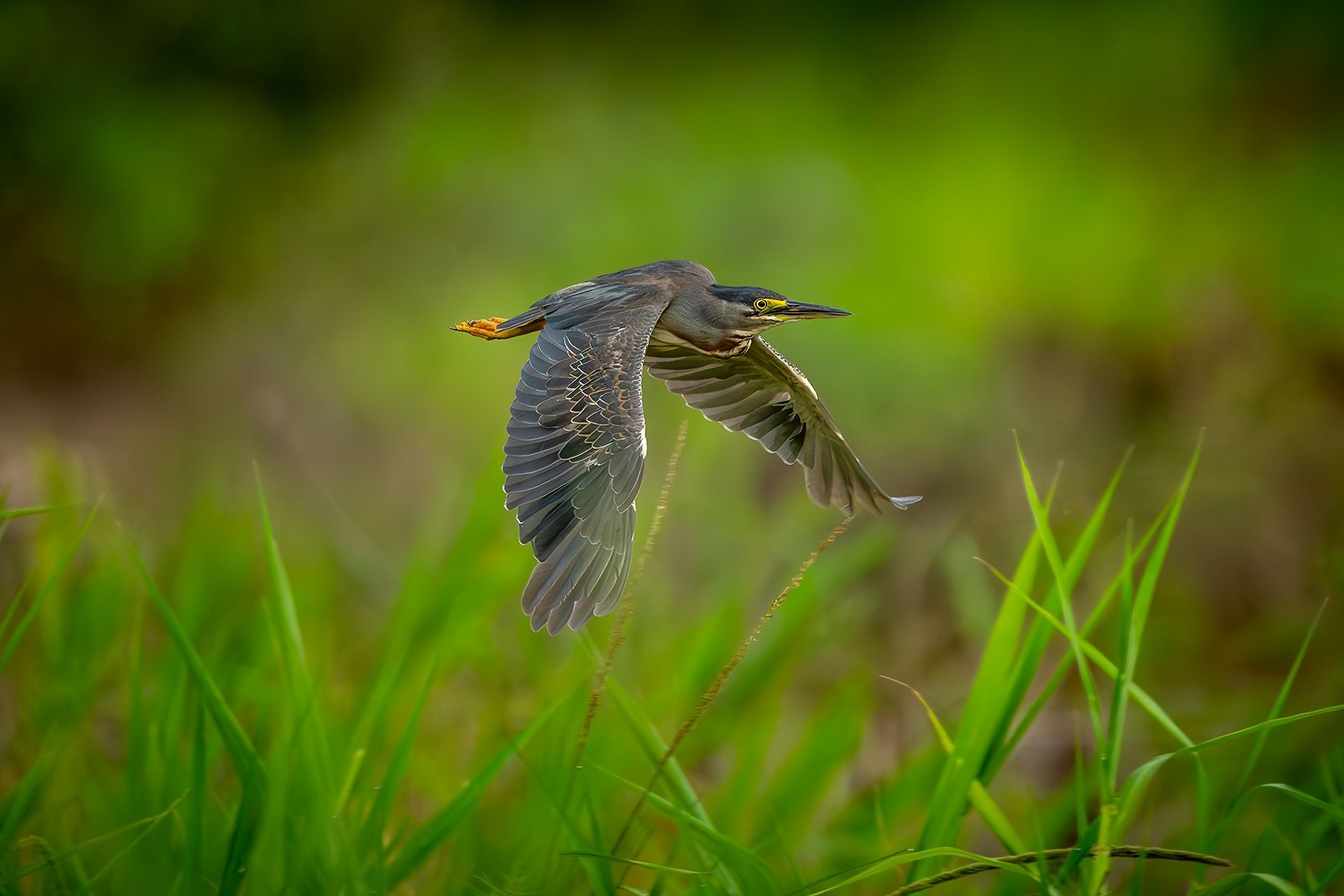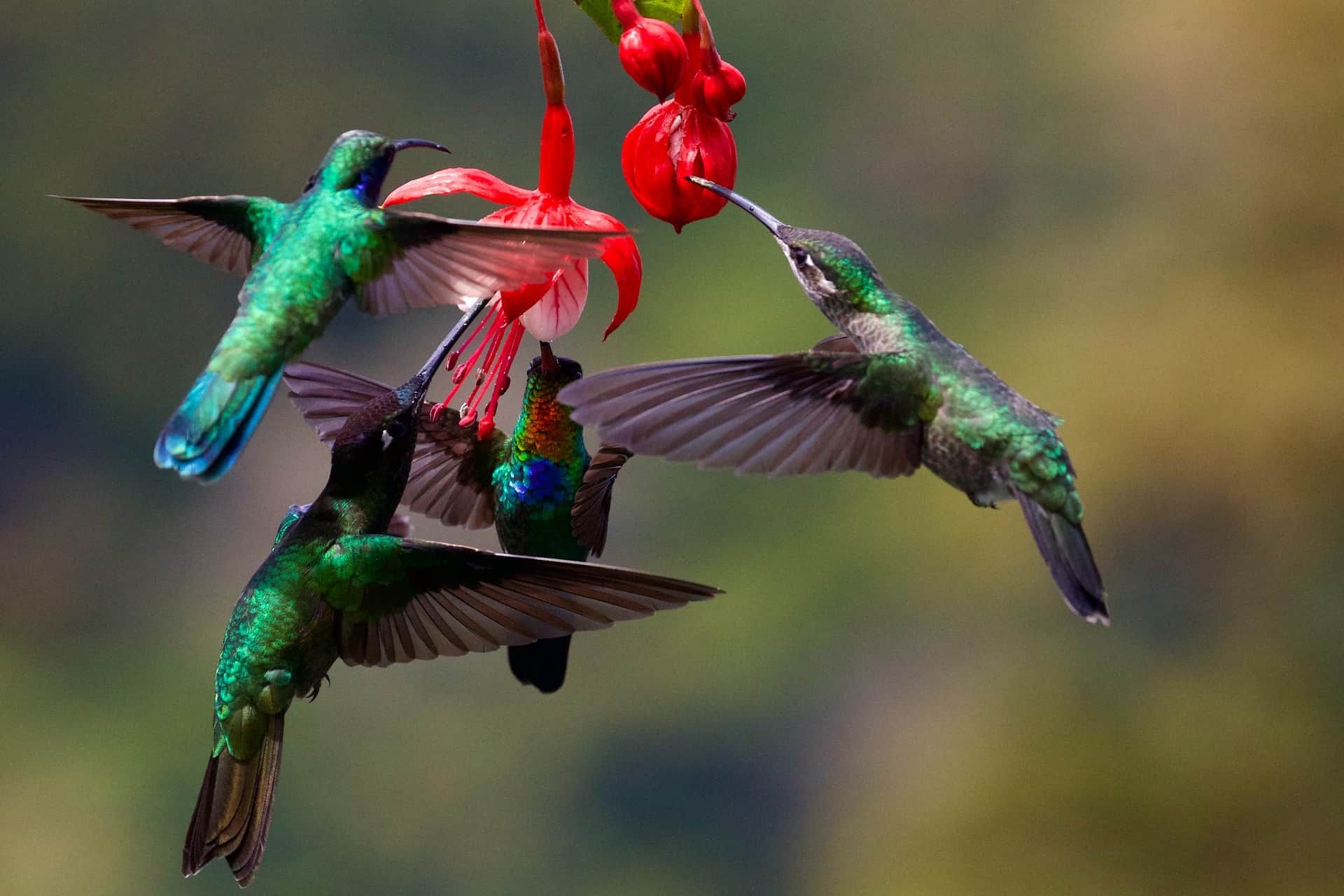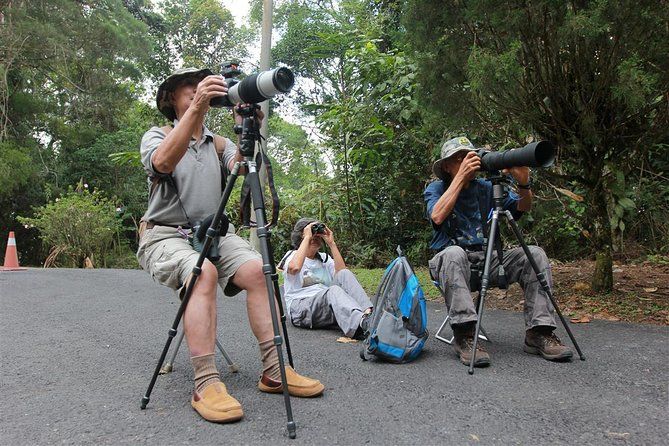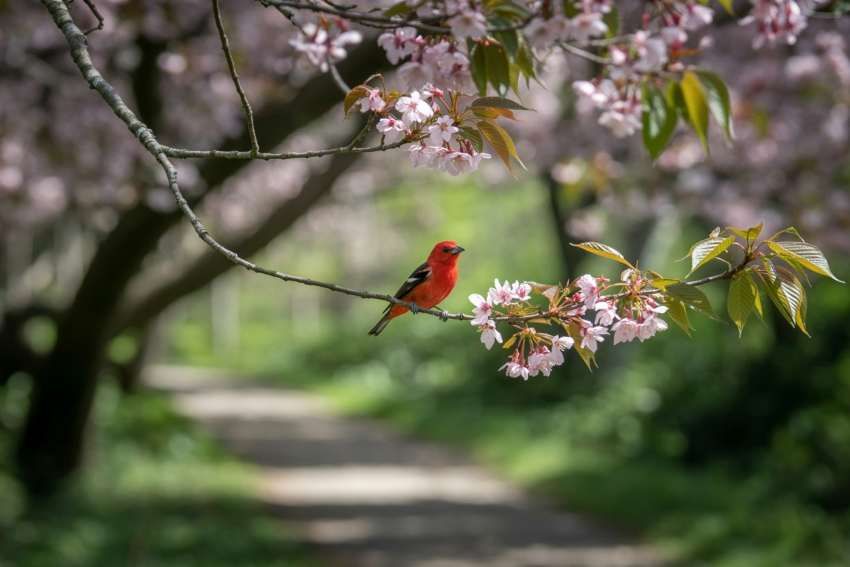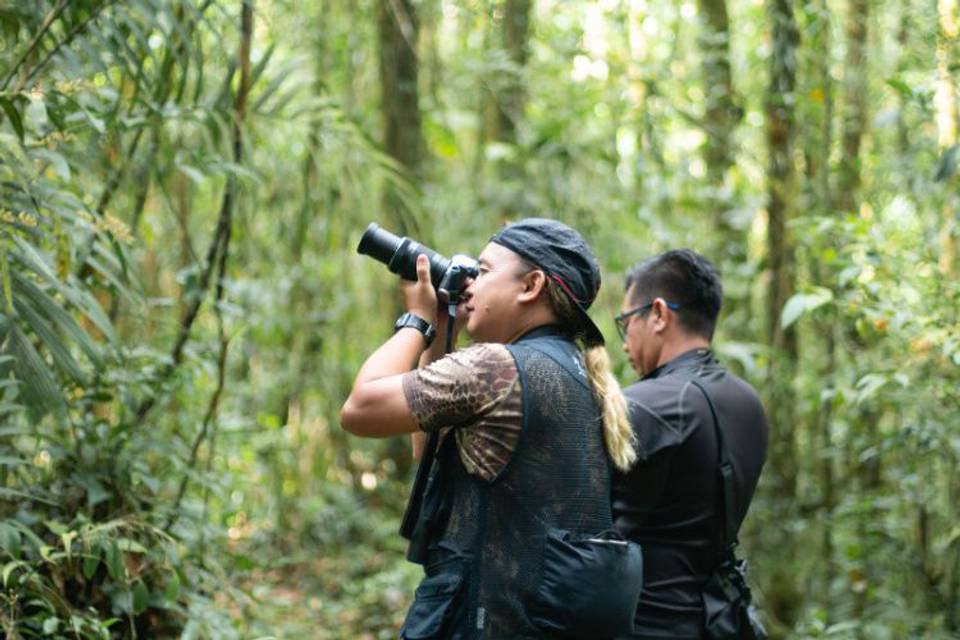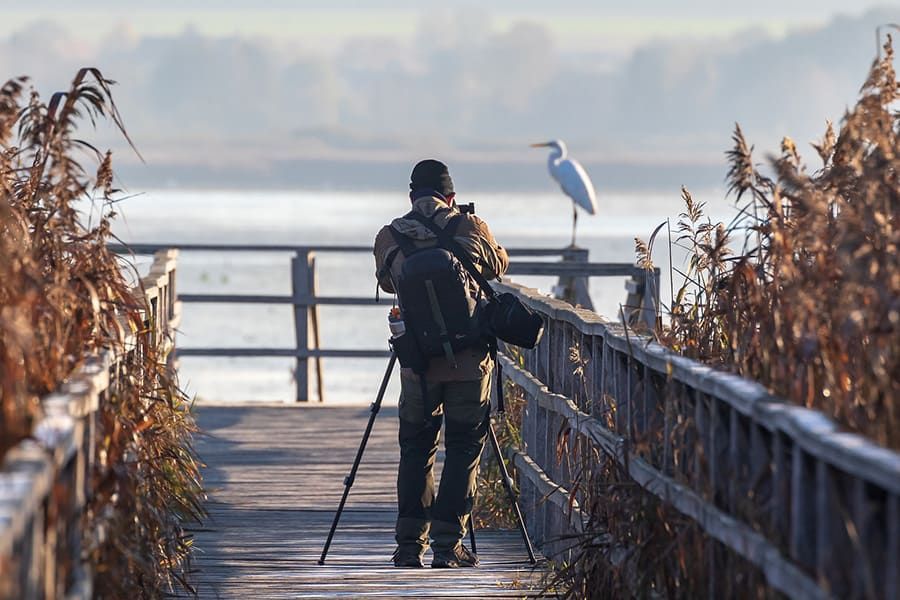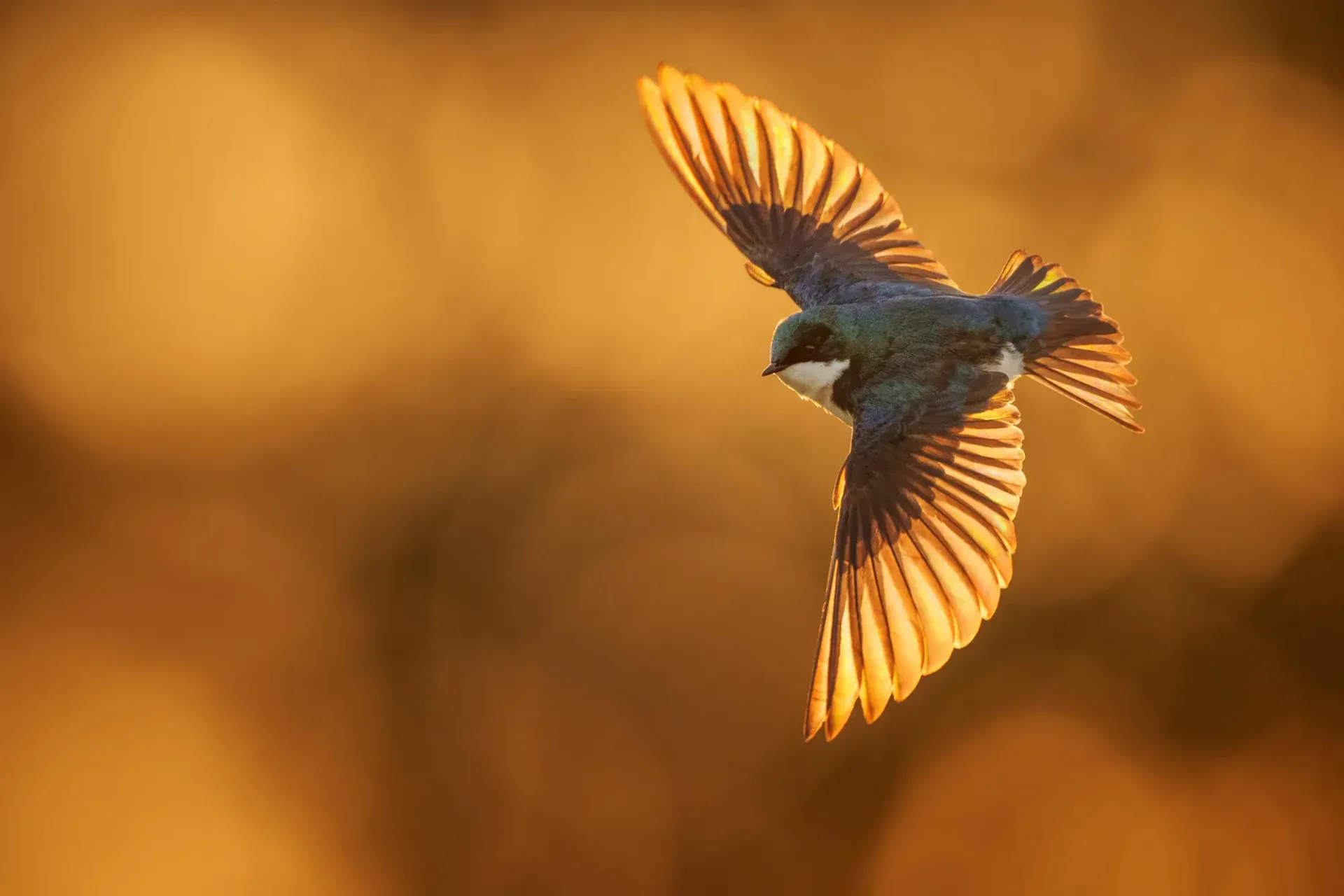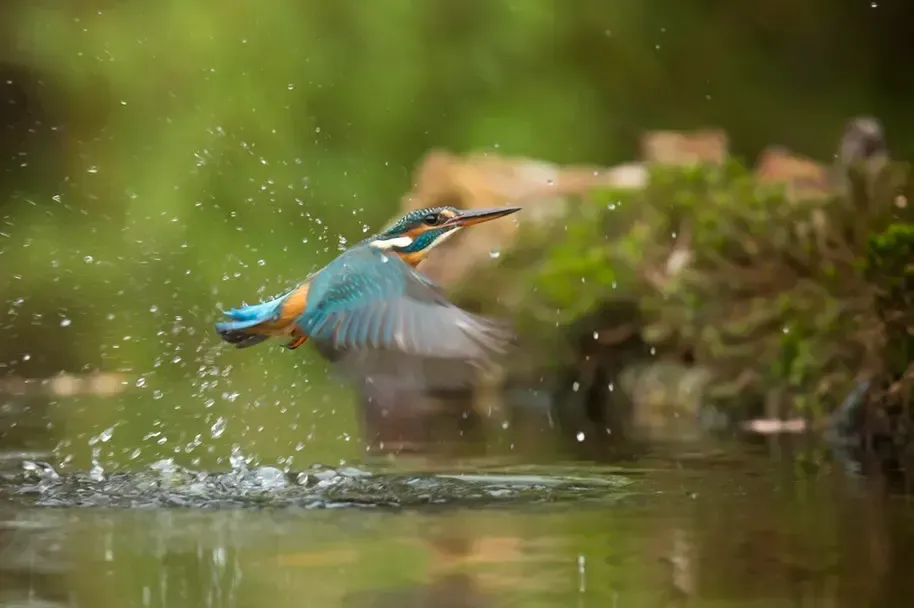Tips for Photographing Birds in Flight: Mastering Your Camera
Tips for Photographing Birds in Flight: Mastering Your Camera
Birds in flight are among the most challenging and rewarding subjects in wildlife photography. Capturing them requires not only patience and practice but also a deep understanding of how to use your camera effectively. In Colombia, where over 1,900 bird species soar across diverse habitats—from hummingbirds in cloud forests to raptors in the highlands—photographers are spoiled with opportunities to test their skills.
This guide will provide practical tips for photographing birds in flight, focusing on camera settings, techniques, and strategies to help you achieve sharp, dynamic, and visually stunning results.
Understanding the Challenge of Birds in Flight
Birds rarely move predictably. They dart, glide, and soar at varying speeds, often in rapidly changing light conditions. This makes it essential to learn how your camera behaves in action scenarios. Unlike perched birds, where you can take your time to compose and adjust, flight photography demands quick reflexes and instinctive use of camera settings.
Choosing the Right Camera and Lens
Camera Considerations
- Fast Autofocus System: Look for cameras with advanced tracking and phase-detection autofocus.
- High Frames Per Second (FPS): Burst rates of 10+ FPS increase your chances of getting a sharp frame.
- Good Buffer and Processor Speed: Ensures you don’t miss action when shooting continuously.
Lens Selection
- Telephoto Zooms (100–400mm, 200–600mm): Offer flexibility when birds change distance.
- Prime Lenses (300mm, 400mm, 500mm, or 600mm): Deliver outstanding sharpness but require precise tracking.
- Image Stabilization: Vital for handholding and minimizing motion blur.
Essential Camera Settings for Flight Photography
Shutter Speed
- Use 1/2000s or faster for small, fast birds.
- For larger raptors, 1/1000s can sometimes suffice.
Aperture
- Set between f/5.6 and f/8 for a balance of depth of field and light intake.
ISO
- Keep ISO as low as possible, but don’t fear pushing it higher to maintain fast shutter speeds. Modern cameras handle ISO 3200–6400 well.
Autofocus Modes
- Use Continuous Autofocus (AI-Servo / AF-C).
- Select Dynamic or Zone AF areas to help the camera track unpredictable movement.
Drive Mode
- Set to High-Speed Continuous Shooting to capture multiple frames per second.
Techniques for Successful Bird-in-Flight Photography
Learn to Anticipate Behavior
Understanding bird behavior is key. Raptors often circle before diving, hummingbirds hover before approaching flowers, and waterfowl follow consistent flight paths. Anticipation allows you to pre-focus and track effectively.
Panning with the Bird
Smoothly follow the bird’s flight with your body and lens, keeping the subject centered in your viewfinder. This increases the likelihood of sharp images and can also create pleasing motion blur in the background.
Practice with Larger Birds First
Start with herons, pelicans, or vultures. Their slower flight makes them easier to track compared to fast, erratic species like swallows or hummingbirds.
Keep Both Eyes Open
Train one eye on the viewfinder and the other on the surrounding environment. This helps predict sudden flight changes and keeps you from losing track of your subject.
Ideal Shooting Conditions
- Golden Hour Light: Early morning or late afternoon offers softer light and reduces harsh shadows.
- Clear Backgrounds: Position yourself where the bird’s flight path crosses open sky, mountains, or clean backgrounds.
- Wind Direction: Birds often take off and land against the wind—position yourself accordingly.
Common Mistakes to Avoid
- Using Too Slow a Shutter Speed – leading to blurry wings and bodies.
- Over-Reliance on Auto Modes – manual control over shutter speed and ISO is essential.
- Centering the Subject Every Time – remember to compose creatively, allowing space in front of the bird’s direction of flight.
- Neglecting Backgrounds – cluttered trees or wires can distract from the beauty of the shot.
Practicing for Perfection
Like any skill, photographing birds in flight improves with practice. Set aside time to practice at local parks or reserves. In Colombia, locations such as Los Nevados National Park, the Magdalena Valley, or the Llanos grasslands offer perfect opportunities with diverse species.
Final Thoughts
Photographing birds in flight is a thrilling challenge that pushes both your technical skills and artistic vision. By mastering your camera settings, anticipating behavior, and practicing patience, you’ll capture images that showcase the grace and power of birds in motion.
Colombia, with its unmatched bird diversity, offers photographers one of the best natural classrooms in the world. With preparation and persistence, you’ll be ready to capture unforgettable moments in flight.


